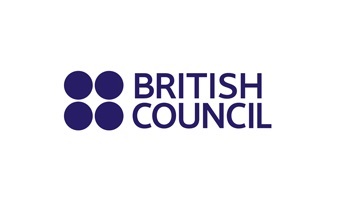Very few people in the world enjoy the prospect of giving a presentation. Some of the greatest orators in history, including Mahatma Gandhi, Eleanor Roosevelt and Abraham Lincoln, apparently suffered from a fear of public speaking. Even though you may not be speaking to millions of people, giving the perfect presentation is still important. To help, here are some top tips to think about.
1. Content
By far the most important part of your presentation is, what message are you trying to deliver? The reason for your presentation should be entirely clear (otherwise, why are you giving one at all?) The way you deliver your message should be influenced by the people in the audience. Do you need to tailor your message to ensure it gets across clearly? Whatever you are trying to say, make sure that you have evidence to support your conclusions. Which leads us nicely onto…
2. Structure
All presentations follow roughly the same pattern, no matter the length. There are three basic stages – signposting, signalling and summarising. Or, to put it another way – ‘tell them what you’re going to say’, ‘say it’, then ‘tell them what you said’. There is a range of useful language you can use in each section:
– Signposting (where you tell the audience what you are going to say)
‘I’m here to talk to you briefly about a subject that concerns us all – health and safety.’
‘ This presentation will take about five minutes …’
‘… and will cover some of the basics of office health and safety in the modern workplace.’
‘If you have any questions, there’ll be an opportunity to ask them at the end.’
– Signalling (which involves moving from one point to the next)
‘The first point I’d like to make is that everyone is responsible for health and safety.’
‘This brings me to my next point. Does your company have a health and safety policy?’
‘Moving on now, I’d like to talk a little about posture and how this can affect your health.’
‘Finally, let’s consider steps we can take to improve health and safety in the workplace.’
– Summarising (where you repeat your main message, or conclude briefly what you have spoken about)
‘Before we close, I’d like to go over the three golden rules.’
‘So, in conclusion, there are three points to consider.’
‘To review – the three main points are…’
‘I’m going to wrap this up in a moment, but before I do, I’d like to review the key points.’
In Part 2 next week, we’ll look at how to keep your audience interested, body language, visual aids, and more.






